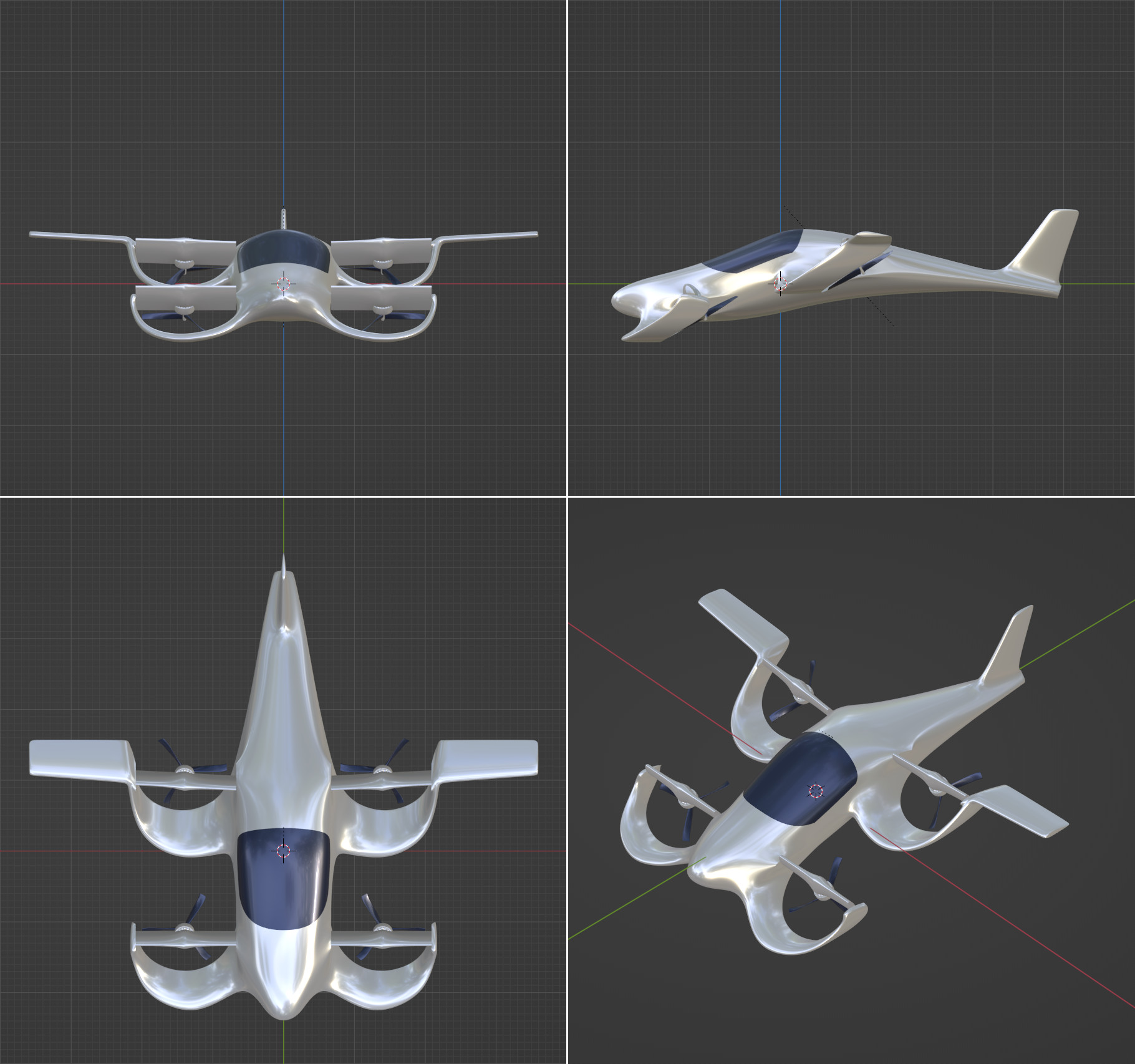Introducing 'Griffin', our latest VTOL concept aircraft.
Showcasing VTOL innovation with our video of Griffin, our innovative VTOL concept aircraft. See its scale model demonstrate impressive hovering capabilities and the initial stages of transition testing. Griffin's quad-lip-wing design ensures enhanced lift and precise control during hovering, while its incipient transition from vertical to horizontal flight showcases its advanced engineering. With its adaptable quad rotors, Griffin should maintain stability and maneuverability throughout the transition process. This video offers a glimpse into the future of personal air travel, where innovative technology meets practical functionality. Join us on YouTube for a journey toward the future of VTOL technology.
Follow us on Facebook, LinkedIn, and YouTube!
Check out Griffin on Facebook, LinkedIn, and YouTube to stay updated on our latest developments and exciting demonstrations! Follow us for behind-the-scenes insights, exclusive content, and immersive videos showcasing Griffin's revolutionary VTOL capabilities. Join our community of aviation enthusiasts and be part of the future of personal air travel. See you there!
Griffin Concept: Pioneering the Future of Personal Air Travel

Griffin is a four-person VTOL aircraft concept that harnesses the cutting-edge Lip Wing Technology to redefine the boundaries of vertical flight. At its core, Griffin features a unique configuration comprising two distinct lip wing pairs, positioned for optimal performance. A canard lip wing pair positioned at the front of the aircraft provides additional lift and stability, while the main lip wing pair, integrated as part of the primary wing structure, offers enhanced aerodynamic efficiency.
The aircraft's quad rotors are designed to be tiltable, affording exceptional maneuverability and adaptability. In the event of a rotor or drive failure, Griffin seamlessly transitions to a tri-rotor configuration, ensuring continued safety and stability during flight.
Griffin represents the epitome of versatility, combining advanced aerodynamics with robust engineering to deliver an unparalleled VTOL experience. With its sleek design and state-of-the-art technology, Griffin is poised to set new standards in personal air transportation, offering unparalleled comfort, efficiency, and safety for discerning travelers around the globe.
Griffin Design: Exploring the Engineering Marvels of VTOL Innovation

